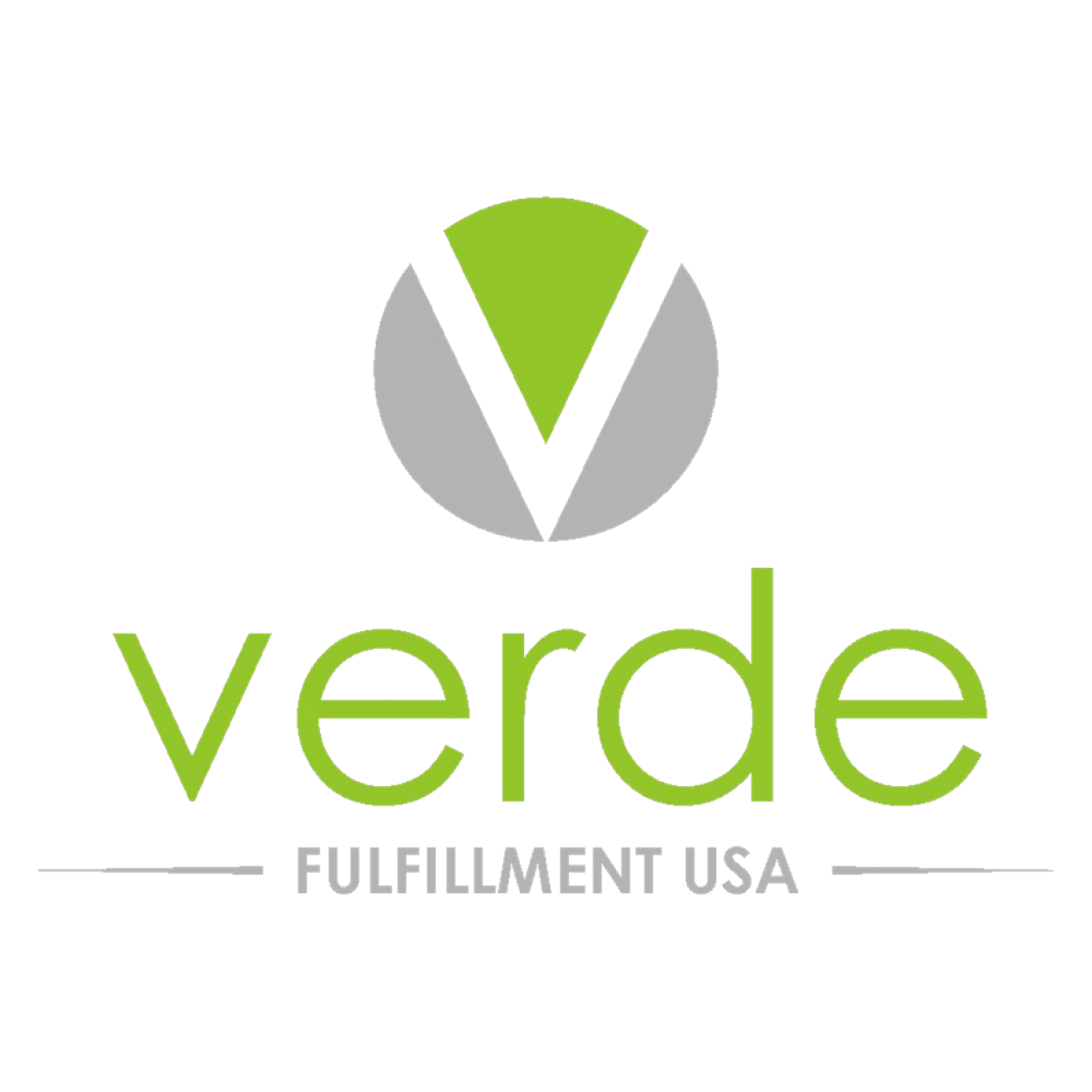So you are either wanting to import and sell your products into the US market, as a foreign-owned business, or you are already a US based business wanting to import your products to sell in the US. Good move. The US market is ripe for opportunity for businesses willing to go through a bit of paperwork to make it happen. Here are the best practices for importing products into the USA:
KEY INFORMATION
To begin with, there are two vital pieces of information that you need to be aware of:
You will need a business tax number (BTN), which you can get through the IRS. This is the number used as the “importer number” when importing goods.
You will need to obtain a Continuous Bond (renewed yearly) or Single-Entry Bond (one time use). These are available through a US Customs agent in the US. FedEx Trade Networks, for example.
A continuous bond is 10% of duties, taxes and fees paid for the 12 month period. Current bond formulas can be found on www.CBP.gov. A single entry bond is generally in an amount not less than the total entered value, plus any duties, taxes and fees.
If you are importing merchandise into the United States, (U.S.) for commercial purposes that are valued over $2,500, or a commodity subject to other federal agencies requirements (i.e. firearms or food), you must acquire a Customs bond.
* Pro Tip 1: With a BTN, you can easily open a bank account in the US for all transactions. This helps with the trust of the US consumers and other possible domestic suppliers.
DOCUMENTATION
When importing goods into the US, it is vital to your success to ensure that all paperwork and documentation is up to date and completely accurate. You can ensure a smooth and fast importing process, if...
Your commercial invoice and packing list are clear, and contain all the relevant information
Each package (carton) is clearly marked and numbered so it can easily be identified against the commercial invoice and packing list
A detailed description of the merchandise in each package is listed on the packing list
The country of origin is clearly marked on all of the shipment documentation
Your supplier packs and secures your shipment properly for container or air transportation
If Verde is your final destination, then “Verde Fulfillment USA” with our shipping address should be listed as the “Ultimate Consignee” on your commercial invoice.
* Pro Tip 2: Send your documentation to your freight forwarder in the USA before your goods leave the foreign country or Port. This avoids headaches when trying to clear Customs without proper or correct paperwork.
DUTIES/TAXES
The US government wants to make sure they are paid before your goods make it into the US market. They guarantee they’ll get paid by your posting an import bond as stated above. The other way, it by classifying your goods with a universal HTS code. HTS is Harmonized Tariff Schedule.
You must have an HTS code for each unique product (SKU) you are importing into the US. The HTS code determines the duty rate you will pay per product as a percentage of the overall value per SKU.
Do not rely on your factory to give you the correct HTS codes for your goods. Ultimately it falls on you to make sure this is 100% correct, otherwise you could end up paying more for duties/taxes than you anticipate, delayed shipments, and extra ancillary costs. Once the import is completed and finalized, there is no going back to correct it later, so make it correct the first time.
HTS code example is 9201.00.2001 You can do your own research on how to get the correct or most-correct HTS code by researching using these resources are: https://rulings.cbp.gov/ and https://hts.usitc.gov/
Some US Customs agents will help validate your HTS code choices, but be aware that they may charge for their time to do so. Ultimately, this all falls on you to make the final HTS code decisions.
The duty rate can also vary depending on the country of origin. When researching the HTS code of your products, there will be two columns on the right: General and Statutory. The General column is usually a lower duty rate for “most favored nation” status in the country of origin. Statutory is the full rate.
* Pro Tip 3: If you are just importing small amounts with a value of $1,000 or less, USCBP will pretty much wave you through without delay.
* Pro Tip 4: Air shipments move quickly and clear USCBP quickly, too. These are usually smaller shipments and they just want to clear them out as fast as they can to work on the large shipments.
Feel free to drop us an email with your own feedback and comments. They are always welcome, as we are all in this together to help make you and your company be as profitable as possible.

